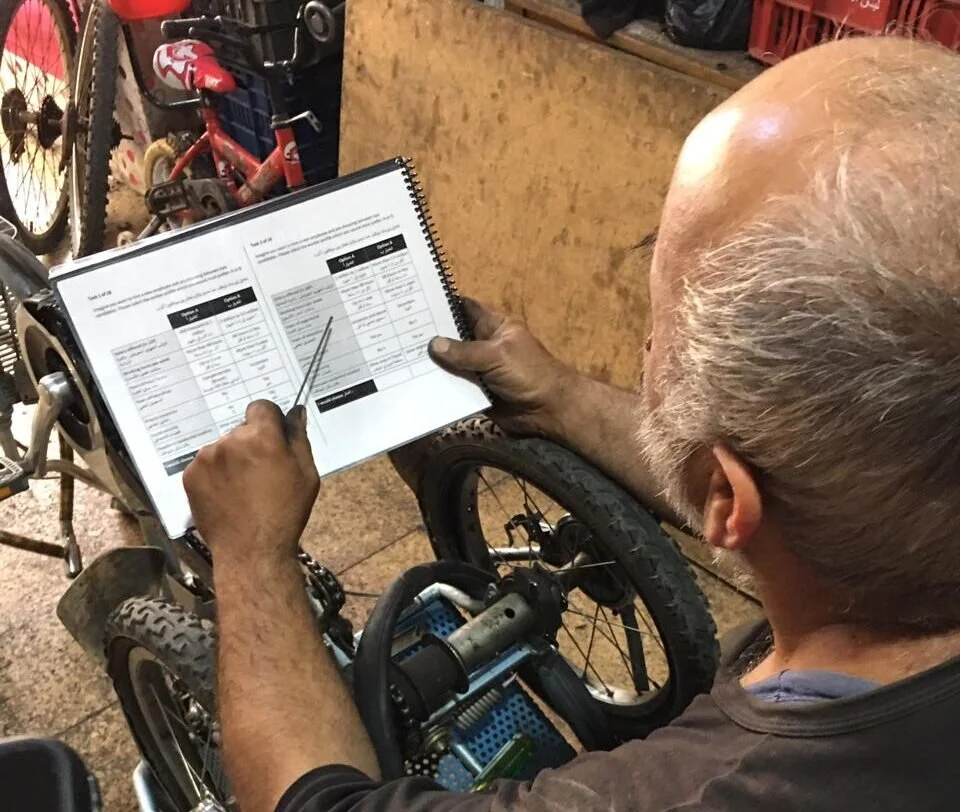Methodology
The Project is structured in three Phases. Phase 1 consists of reviewing and analysing existing literature, theories, and data to comprehend and ascertain the livelihood capacities, assets, and opportunities that individuals face in Lebanon. This review included an in-depth analysis of labour laws, academic literature and relevant data collected from various sources. In addition to that, extensive focus groups have been conducted in the two fieldwork sites (August-October 2020) with representative participants to acquire more in-depth knowledge and qualitative information regarding employment challenges and opportunities.
The main part of the project, Phase 2, included the simultaneous design, implementation, and analysis of two Discrete Choice Experiments (DCEs) on employers and workers. The DCE was carefully designed to reflect through its attributes and choice sets the characteristics, challenges, and opportunities of the labour markets in the Lebanese context. The DCE was conducted by the team and citizen scientists (CS) in Spring 2021 in neighbourhoods of two major cities in Lebanon, Ras Beirut (Beirut) and Mina (Tripoli). More than 2.000 surveys were collected for both experiments and their analyses will shed light on citizens’ and employers’ willingness to pay for formal labour arrangements. Preliminary results show that the severe financial and social crisis that Lebanon is facing since 2019, has made both groups very inelastic towards formality, significantly raising the proportion of individuals in informal and atypical labour.
One of the main innovations of this project is that the mapping and modelling of individuals’ employment choices is not solely limited to the previous two Phases but also dynamically enhanced by Phase 3 the development of an agent-based model (ABM) that builds on the revealed preferences of the DCE and existing data. The model aims to simulate the formal/informal aspect of job markets in the Lebanese context and test interventions/policies aimed at improving workers economic situation (through scenarios/sensitivity analysis). More precisely, the ABM model will build and expand on the DCE in order to map interrelations of different outcomes- including feedbacks between agents, markets - choices are not only at the individual level. For example, choices that are constrained because one market is flooded driving individuals and businesses to change preferences between formality and informality.

